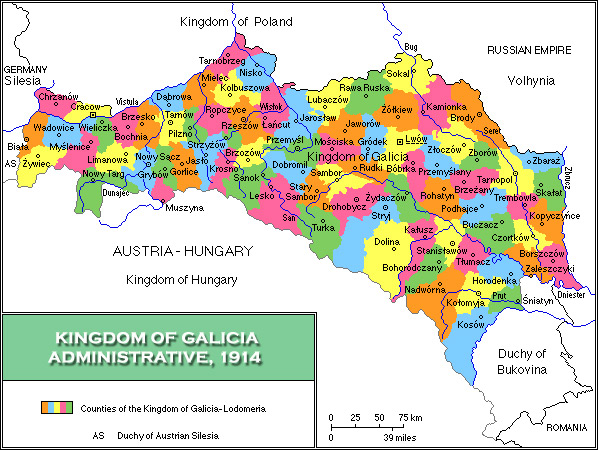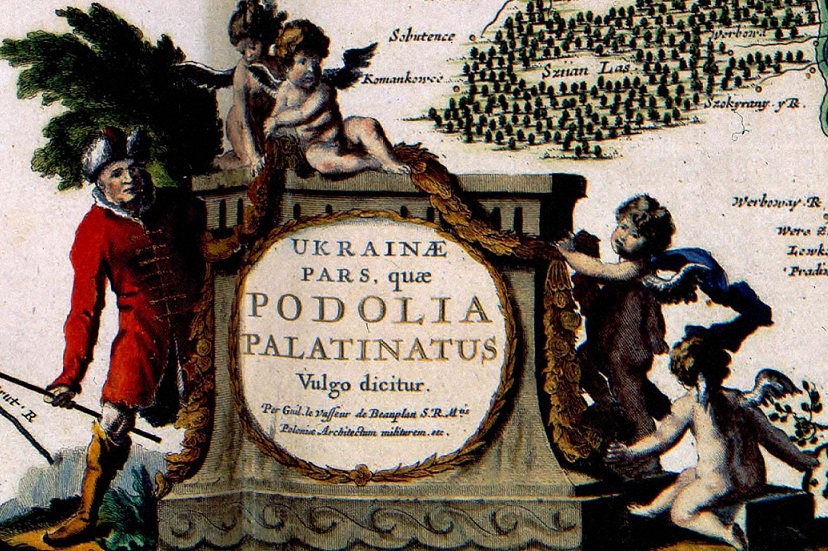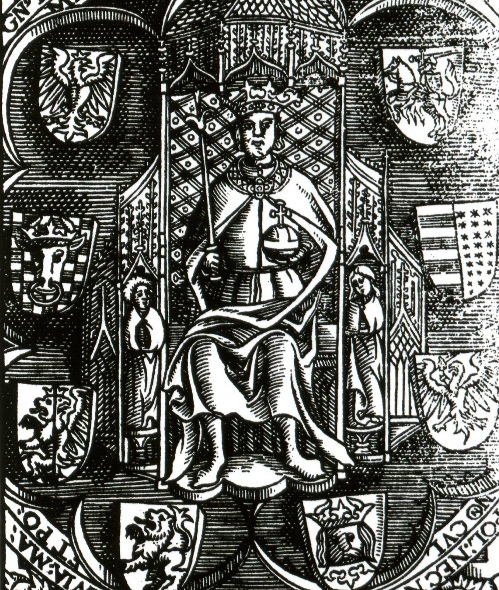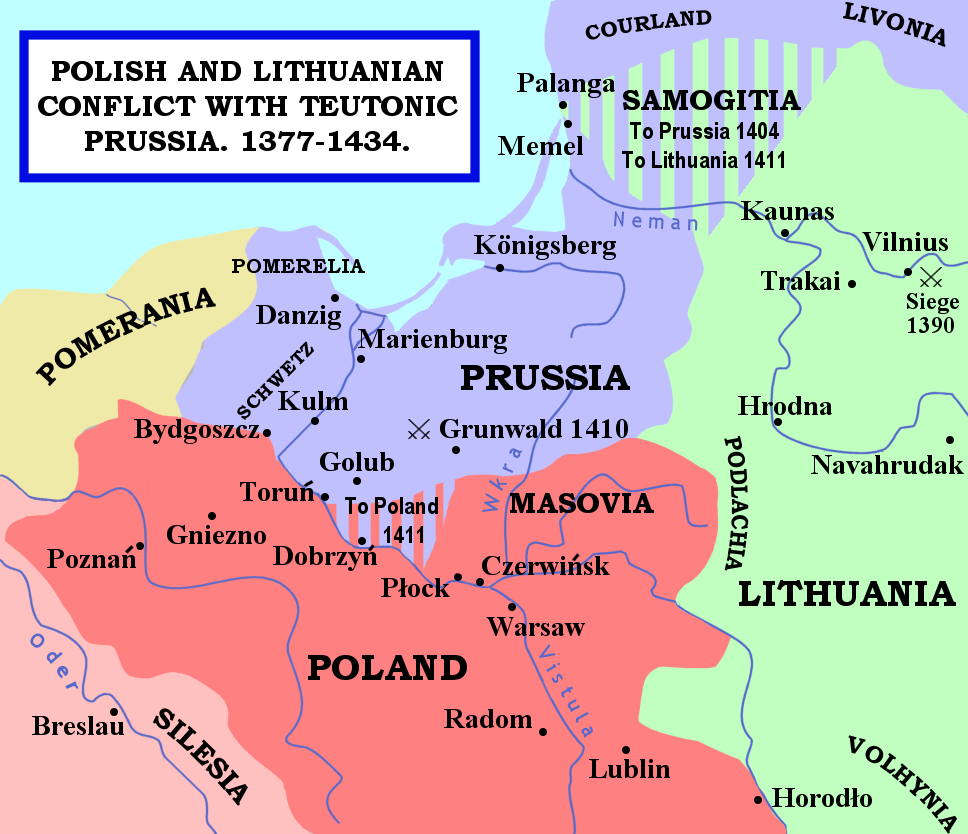|
–Ę–Ķ—Ä–Ķ–Ī–ĺ–≤–Ľ—Ź
Terebovlia (, ; ; ) is a small city in Ternopil Raion, Ternopil Oblast, western Ukraine. Terebovlia hosts the administration of Terebovlia urban hromada, one of the hromadas of Ukraine. Population: 13,661 (2001). History Terebovlia is one of the oldest cities in West Ukraine. It was first mentioned in the chronicles of 1097 (Primary Chronicle). During the Red Ruthenia times it used to be the center of Terebovlia principality. It was called Terebovl. Terebovlia principality included lands of the whole southeast of Galicia, Podolia, and Bukovina. Polish King Casimir III the Great became the suzerain of Halych after the death of his cousin, Boleslaw-Yuri II of Galicia, when the city became part of the Polish domain. It was fully incorporated into Poland in 1430 during the reign of king WŇāadysŇāaw II JagieŇāŇāo, while his son Casimir IV Jagiellon granted the town limited Magdeburg Rights. After the rebuilding of the castle in Terebovlia in 1366, Poland (Podole Voivodeship) admi ... [...More Info...] [...Related Items...] OR: [Wikipedia] [Google] [Baidu] |
Terebovlia Castle
The Terebovlia Castle () is a ruined 17th-century castle in the town of Terebovlia in western Ukraine. The ruins are located on the edge of :uk:–ď–Ĺ—Ė–∑–Ĺ–į, Gniezny canyon, near its mouth to Seret River. The fortification, the remains of which can still be seen, was built in the 1630s under the leadership of the Terebovlian starosta Aleksander BaŇāaban. History There have been at least three fortresses on the castle hill in Terebovlia. The first historical castle in the town, mentioned in the Old East Slavic, Old Russian writing Primary Chronicle, was a castle erected in 9th/10th century. The city achieved its greatest power during the reign of Prince Vasylko Rostyslavych, the great-grandson of the Grand Duke of Kiev Yaroslav the Wise.Frost V. Castles of Ternopil. - Ternopil Textbooks and manuals, 2009 - 176 pp. Prince Vasylko Rostyslavych's fortress was a wooden, enclosed palisade, and only the castle church within it was built of stone. The fortress had several defensive li ... [...More Info...] [...Related Items...] OR: [Wikipedia] [Google] [Baidu] |
List Of Cities In Ukraine
There are 463 populated places in Ukraine, populated places in Ukraine that have been officially granted city status () by the Verkhovna Rada, the country's parliament, as of 23 April 2025. Settlements with more than 10,000 people are eligible for city status although the status is typically also granted to settlements of historical or regional importance. Smaller settlements are Populated places in Ukraine#Rural settlements, rural settlements () and villages (). Historically, there were systems of city rights, granted by the territorial lords, which defined the status of a place as a ''misto'' or ''selo''. In the past, cities were self-governing and had several privileges. The list of cities is roughly ordered by population and the 2022 estimates are compared to the 2001 Ukrainian census, except for Chernobyl for which the population is an unofficial estimate. The City with special status, cities with special status are shown in ''italic''. The average population size is 62,000. ... [...More Info...] [...Related Items...] OR: [Wikipedia] [Google] [Baidu] |
Ternopil Raion
Ternopil Raion () is a raion in Ternopil Oblast, western Ukraine. Its administrative center is Ternopil. It has a population of On 18 July 2020, as part of the administrative reform of Ukraine, the number of raions of Ternopil Oblast was reduced to three, and the area of Ternopil Raion was significantly expanded. Six abolished raions, Berezhany, Kozova, Pidhaitsi, Pidvolochysk, Terebovlia, and Zboriv Raions, a part of one more abolished raion, Zbarazh Raion, as well as Berezhany Municipality and the city of Ternopil, which was previously incorporated as a city of oblast significance and did not belong to the raion, were merged into Ternopil Raion. The January 2020 estimate of the raion population was Subdivisions Current After the reform in July 2020, the raion consisted of 25 hromadas: * Baikivtsi rural hromada with the administration in the selo of Baikivtsi, retained from Ternopil Raion; * Bila rural hromada with the administration in the selo of Bila, retained f ... [...More Info...] [...Related Items...] OR: [Wikipedia] [Google] [Baidu] |
Terebovlia Urban Hromada
Terebovlia urban territorial hromada () is a hromada in Ukraine, in Ternopil Raion of Ternopil Oblast. The administrative center is the city of Terebovlia. Its population is Founded on 29 July 2015. Settlements The hromada consists of 1 city (Terebovlia Terebovlia (, ; ; ) is a small city in Ternopil Raion, Ternopil Oblast, western Ukraine. Terebovlia hosts the administration of Terebovlia urban hromada, one of the hromadas of Ukraine. Population: 13,661 (2001). History Terebovlia is one of ...) and 27 villages:–õ–ł—Ā—ā –Ę–Ķ—Ä–Ĺ–ĺ–Ņ—Ė–Ľ—Ć—Ā—Ć–ļ–ĺ—ó –ě–Ē–ź –≤—Ė–ī 16.12.2020 —Ä–ĺ–ļ—É ‚ĄĖ 04-8690/42 References {{Ternopil Oblast Terebovlia urban hromada ... [...More Info...] [...Related Items...] OR: [Wikipedia] [Google] [Baidu] |
Principality Of Terebovlia
The Principality of Terebovlia () was a principality of Kievan Rus' established as an appanage around the year 1084 and given to Vasylko Rostyslavych. However, Volodar Rostyslavych and Rurik Rostislavich, ruled Peremyshl (PrzemyŇõl) and Zvenyhorod respectively. History A southeastern appanage principality of Kievan Rus, the capital of which was Terebovlia. Its territories included parts of southeastern Galicia, Bukovina, and western Podolia. It bordered on Kiev principality to the east, Zvenyhorod principality to the west, and parts of Principality of Volodymyr, Lutsk principality, and Peresopnytsia principality to the north. Vasylko Rostyslavych extensively colonized the territories southeast of Terebovlia by employing Turkic peoples ( Berendeys, Torks, and Pechenegs), and he annexed Ponyzia, thereby securing it against nomadic raiders. Halych gained importance as a political and economic center; other important cities and fortresses included Terebovlia, Mykulyn (now ... [...More Info...] [...Related Items...] OR: [Wikipedia] [Google] [Baidu] |
Ternopil Oblast
Ternopil Oblast (), also referred to as Ternopilshchyna () or Ternopillia (), is an Oblasts of Ukraine, oblast (province) of Ukraine. Its Capital (political), administrative center is Ternopil, through which flows the Seret (river), Seret, a tributary of the Dniester. Population: One of the natural wonders of the region are its cave complexes.Tell about Ukraine. Ternopil Oblast . 24 Kanal (youtube). Although Ternopil Oblast is among the smallest regions in Ukraine, over 100 caves have been discovered there. Scientists believe these are only 20% of all possible caves in the region. The biggest cave is Optymistychna Cave. Measuring in total length, it is the longest cave in Eurasia and the list of longest caves, fifth-longest in the world. [...More Info...] [...Related Items...] OR: [Wikipedia] [Google] [Baidu] |
Kingdom Of Poland (1385‚Äď1569)
The Crown of the Kingdom of Poland (; ) was a political and legal concept formed in the 14th century in the Kingdom of Poland, assuming unity, indivisibility and continuity of the state. Under this idea, the state was no longer seen as the Patrimonialism, patrimonial property of the monarch or dynasty, but became a common good of the political community of the kingdom. This notion allowed the state to maintain stability even during periods of interregnum and paved the way for a unique political system in Poland, characterized by a noble-based parliament and the Free election (Poland), free election of the monarch. Additionally, the concept of the Crown extended beyond existing borders, asserting that previously lost territories still rightfully belonged to it. The term ''Crown of the Kingdom of Poland'' also referred to all the lands under the rule of the Polish king. This meaning became especially significant after the Union of Lublin, union with the Grand Duchy of Lithuania, w ... [...More Info...] [...Related Items...] OR: [Wikipedia] [Google] [Baidu] |
Podole Voivodeship
The Podolian Voivodeship or Palatinate of Podolia was a unit of administrative division and local government in the Kingdom of Poland, from 1434 until 1793, except for the period of Ottoman occupation (1672‚Äď1699), when the region was organized as Podolia Eyalet. Together with the BracŇāaw Voivodeship it formed the region of Podolia, which in the Kingdom of Poland was part of Lesser Poland Province. Its capital was in Kamieniec Podolski, where local sejmiks took place and where the seat of the starosta was as well. The voivodeship was created 1434, out of former Duchy of Podolia, which had become part of the Kingdom of Poland in the second half of the 14th century. After the Second Partition of Poland, it was seized by the Russian Empire, which in 1793 created the Podolia Governorate. Today the region belongs to Ukraine. Zygmunt Gloger in his monumental book ''Historical Geography of the Lands of Old Poland'' gives a detailed description of Podole Voivodeship: In ancient t ... [...More Info...] [...Related Items...] OR: [Wikipedia] [Google] [Baidu] |
Polish‚ÄďLithuanian Commonwealth
The Polish‚ÄďLithuanian Commonwealth, also referred to as Poland‚ÄďLithuania or the First Polish Republic (), was a federation, federative real union between the Crown of the Kingdom of Poland, Kingdom of Poland and the Grand Duchy of Lithuania, existing from 1569 to 1795. This state was among the largest, most populated countries of 16th- to 18th-century Europe. At its peak in the early 17th century, the Commonwealth spanned approximately and supported a multi-ethnic population of around 12 million as of 1618. The official languages of the Commonwealth were Polish language, Polish and Latin Language, Latin, with Catholic Church, Catholicism as the state religion. The Union of Lublin established the Commonwealth as a single entity on 1 July 1569. The two nations had previously been in a personal union since the Union of Krewo, Krewo Agreement of 1385 (Polish‚ÄďLithuanian union) and the subsequent marriage of Queen Jadwiga of Poland to Grand Duke Jogaila of Lithuania, who was cr ... [...More Info...] [...Related Items...] OR: [Wikipedia] [Google] [Baidu] |
Podolia
Podolia or Podillia is a historic region in Eastern Europe located in the west-central and southwestern parts of Ukraine and northeastern Moldova (i.e. northern Transnistria). Podolia is bordered by the Dniester River and Boh River. It features an elongated plateau and fertile agricultural land covering an area of . The two main rivers serve as important trade channels. Podolia is known for its cherries, mulberries, melons, gourds, and cucumbers. The region has a rich history, dating back to the Neolithic, with various tribes and civilizations occupying it over time. It became part of the Kingdom of Galicia‚ÄďVolhynia, the Golden Horde, the Kingdom of Poland, the Grand Duchy of Lithuania, the Ottoman Empire, the Habsburg monarchy of Austria, and the Russian Empire. In the 20th century, Podolia underwent various political changes, with both the Second Polish Republic and the Soviet Union controlling parts of it at different times. Podolian culture is renowned for its folk icon-p ... [...More Info...] [...Related Items...] OR: [Wikipedia] [Google] [Baidu] |
Casimir IV Jagiellon
Casimir IV (Casimir Andrew Jagiellon; ; Lithuanian: ; 30 November 1427 ‚Äď 7 June 1492) was Grand Duke of Lithuania from 1440 and King of Poland from 1447 until his death in 1492. He was one of the most active Polish-Lithuanian rulers; under him, Poland defeated the Teutonic Knights in the Thirteen Years' War and recovered Pomerania. The Jagiellonian dynasty became one of the leading royal houses in Europe. The great triumph of his reign was bringing Prussia under Polish rule. The rule of Casimir corresponded to the age of "new monarchies" in western Europe. By the 15th century, Poland had narrowed the distance separating it from Western Europe and became a significant power in international relations. The demand for raw materials and semi-finished goods stimulated trade, producing a positive balance, and contributed to the growth of crafts and mining in the entire country. He was a recipient of the English Order of the Garter (KG), the highest order of chivalry and the most ... [...More Info...] [...Related Items...] OR: [Wikipedia] [Google] [Baidu] |
WŇāadysŇāaw II JagieŇāŇāo
Jogaila (; 1 June 1434), later WŇāadysŇāaw II JagieŇāŇāo (),Other names include (; ) (see also Names and titles of WŇāadysŇāaw II JagieŇāŇāo) was Grand Duke of Lithuania beginning in 1377 and starting in 1386, becoming King of Poland as well. As Grand Duke, he ruled Lithuania from 1377 to 1381 and from 1382 to 1401, at which time he became the Supreme Duke of Lithuania in exchange for naming his cousin Vytautas as the new Grand Duke. WŇāadysŇāaw II initially served as King of Poland alongside his wife Jadwiga of Poland, Jadwiga until her death in 1399, and then the sole ruler until his own death in 1434. Raised a Lithuanian polytheist, he converted to Catholicism in 1386 and baptized as Ladislaus () in Krak√≥w, married the young Queen Jadwiga, and was crowned King of Poland as WŇāadysŇāaw II JagieŇāŇāo. In 1387, he Christianization of Lithuania, converted Lithuania to Catholicism. His reign in Poland started in 1399, upon the death of Queen Jadwiga, lasted a further thirty-fiv ... [...More Info...] [...Related Items...] OR: [Wikipedia] [Google] [Baidu] |





